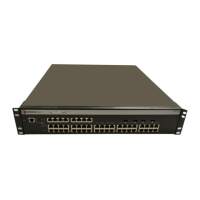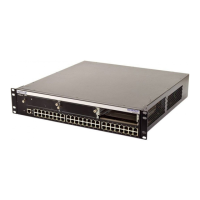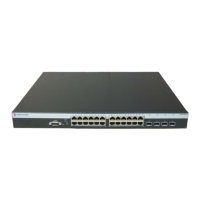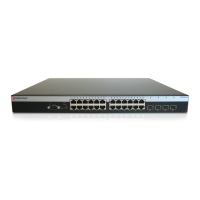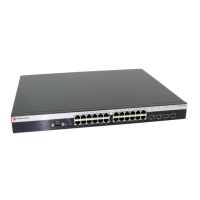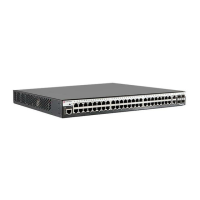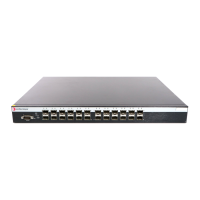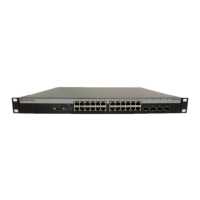Power Over Ethernet Settings
3-119
3
CLI – This example displays the PoE status and the priority of port 1.
Configuring Port PoE Power
If a device is connected to a switch port and the switch detects that it requires more
than the power budget of the port, no power is supplied to the device (the port power
remains off).
If the power demand from devices connected to switch ports exceeds the power
budget set for the switch, the port power priority settings are used to control the
supplied power. For example:
• If a device is connected to a low-priority port and causes the switch to exceed its
budget, port power is not turned on.
• If a device is connected to a critical or high-priority port and causes the switch to
exceed its budget, port power is turned on, but the switch drops power to one or
more lower-priority ports.
Note: Power is dropped from low-priority ports in sequence starting from port number 1.
Command Attributes
• Port – The port number on the switch.
• Admin Status – Enables PoE power on the port. Power is automatically supplied
when a device is detected on the port, providing that the power demanded does
not exceed switch or port power budget. (Default: Enabled)
• Priority – Sets the power priority for the port. (Options: Low, high, or critical;
Default: Low)
• Power Allocation – Sets the power budget for the port.
(Range: 3000- 15400 milliwatts; Default: 15400 milliwatts)
Console#show power inline status 4-82
Interface Admin Oper Power(mWatt) Power(used) Priority
---------- ------- ---- ------------ ------------ --------
Eth 1/ 1 enable off 15400 0 low
Eth 1/ 2 enable off 15400 0 low
Eth 1/ 3 enable on 15400 7505 low
Eth 1/ 4 enable off 15400 0 low
Eth 1/ 5 enable off 15400 0 low
Eth 1/ 6 enable off 15400 0 low
Eth 1/ 7 enable on 15400 8597 low
.
.
.
Eth 1/23 enable off 15400 0 low
Eth 1/24 enable off 15400 0 low
Console#
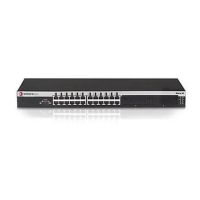
